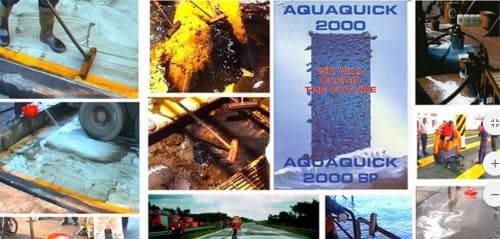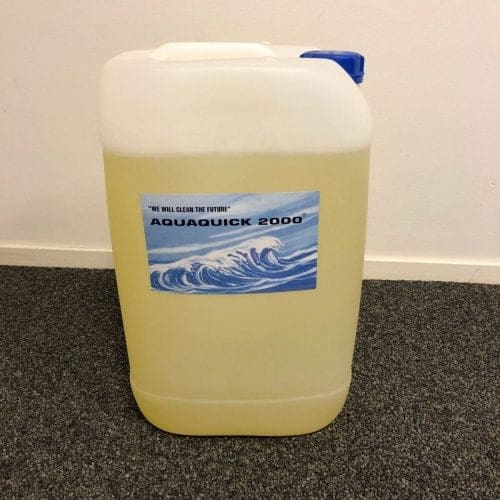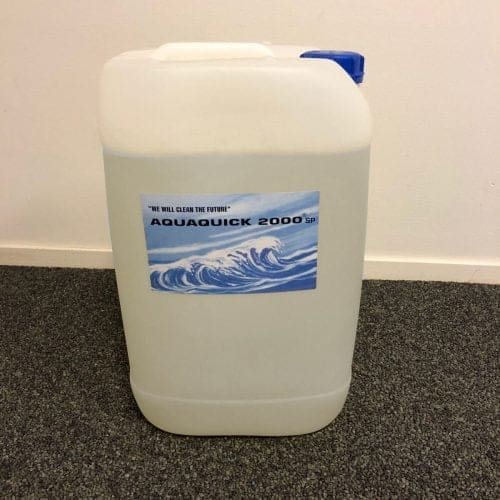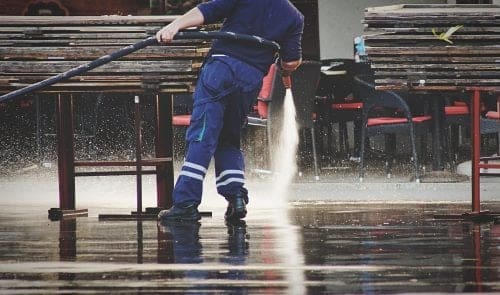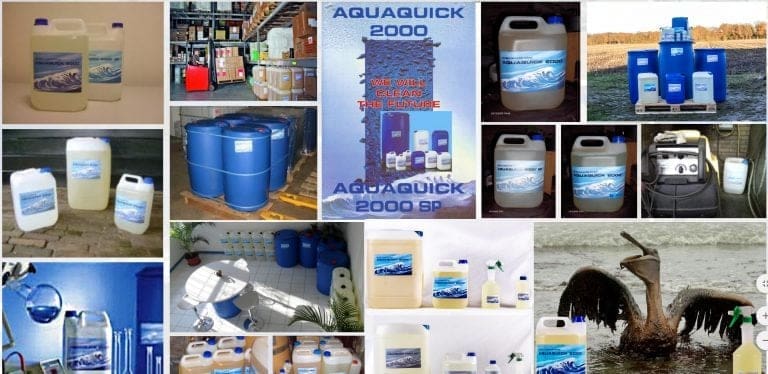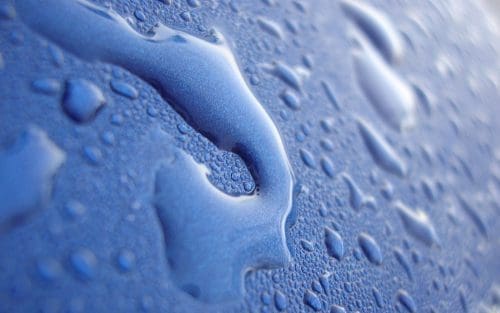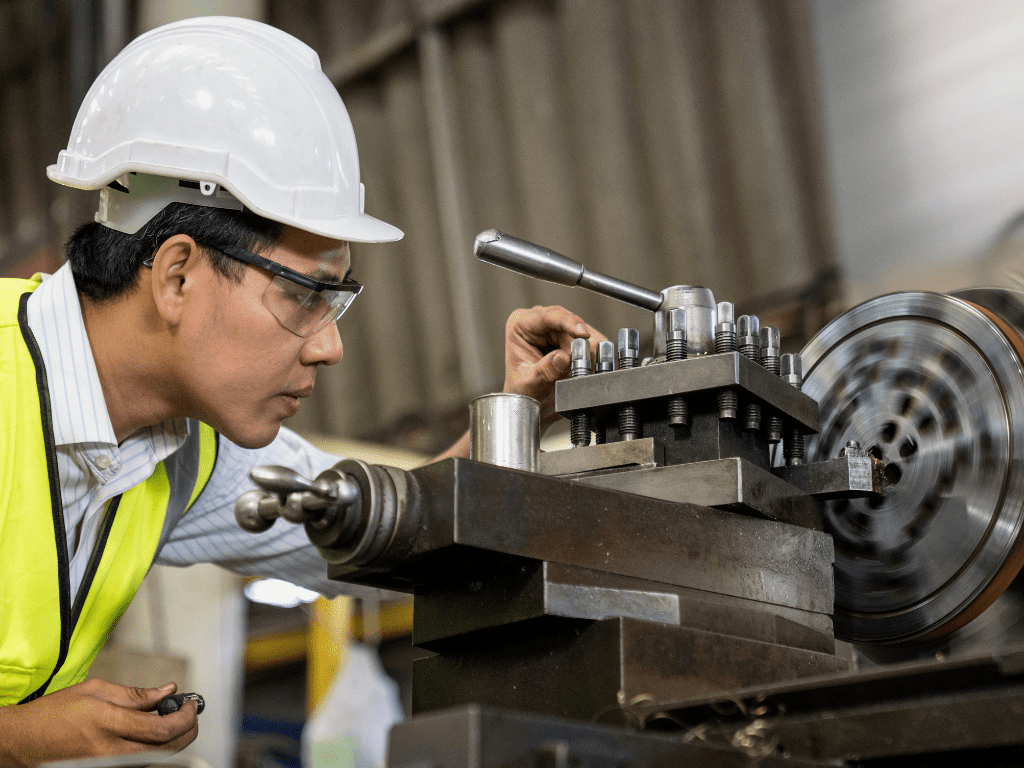Maintaining tools and equipment is essential for ensuring their long-term efficiency, safety, and reliability. This article provides a thorough, step-by-step guide on how to clean tools, whether you’re dealing with hand tools, power tools, or industrial-grade equipment. Following these steps will help extend the lifespan of your tools and keep them in prime working condition.
Importance of Cleaning Your Tools
Regularly cleaning your tools is about more than just keeping them looking new. Proper maintenance helps prevent wear and tear, minimizes the risk of malfunction, and ensures they remain safe to use. Dirt, grime, rust, and oil buildup can affect a tool’s performance, reduce its efficiency, and even lead to premature failure. Keeping tools clean not only enhances productivity but also protects your investment in these valuable assets.
Tools That Require Regular Cleaning
Hand Tools
Hand tools such as wrenches, pliers, and screwdrivers tend to accumulate dirt, oil, and grime from repeated use. Proper cleaning helps these tools function smoothly and extends their lifespan.
Power Tools
Power tools, including drills, saws, and grinders, are prone to dust, grease, and oil buildup, which can affect their performance and safety. Cleaning these tools prevents overheating and keeps them in good working condition.
Industrial Tools
Industries like aerospace, military, oil extraction, and manufacturing rely on specialized equipment that demands rigorous maintenance. Tools like drill strings, production tubing, and downhole tools need thorough cleaning to avoid contamination and ensure high reliability.

Steps to Clean Your Tools Effectively
1. Pre-Cleaning Preparation
Before starting, gather all necessary cleaning supplies. Depending on the level of grime or rust on your tools, you may need a degreaser, cleaning brush, cloth, water, and possibly a rust remover.
Safety Note: Wear protective gloves and, if needed, eye protection to avoid exposure to chemicals and prevent any injuries during the cleaning process.
2. Removing Dirt and Debris
For Hand Tools:
- Use a brush or cloth to wipe off loose dirt, dust, and debris.
- For hard-to-reach areas, an old toothbrush can work effectively.
For Power Tools:
- Unplug the tool before cleaning.
- Use compressed air to blow away dust from motor vents and intricate parts.
3. Degreasing and Deep Cleaning
After the initial cleaning, apply a degreaser to dissolve grease and stubborn grime. Here, a highly concentrated cleaner like AQUAQUICK 2000 can be incredibly useful. AQUAQUICK 2000 is designed for effective removal of oil, grime, and other materials that accumulate on tools over time. Its formula is strong yet versatile, making it suitable for general-purpose cleaning across different types of equipment.
Using AQUAQUICK 2000 for Degreasing
- Apply AQUAQUICK 2000 directly to the tool’s surface, particularly on areas with oil and stubborn dirt.
- Let it sit for a few minutes to penetrate and loosen the grime.
- Use a brush to scrub away the debris gently.
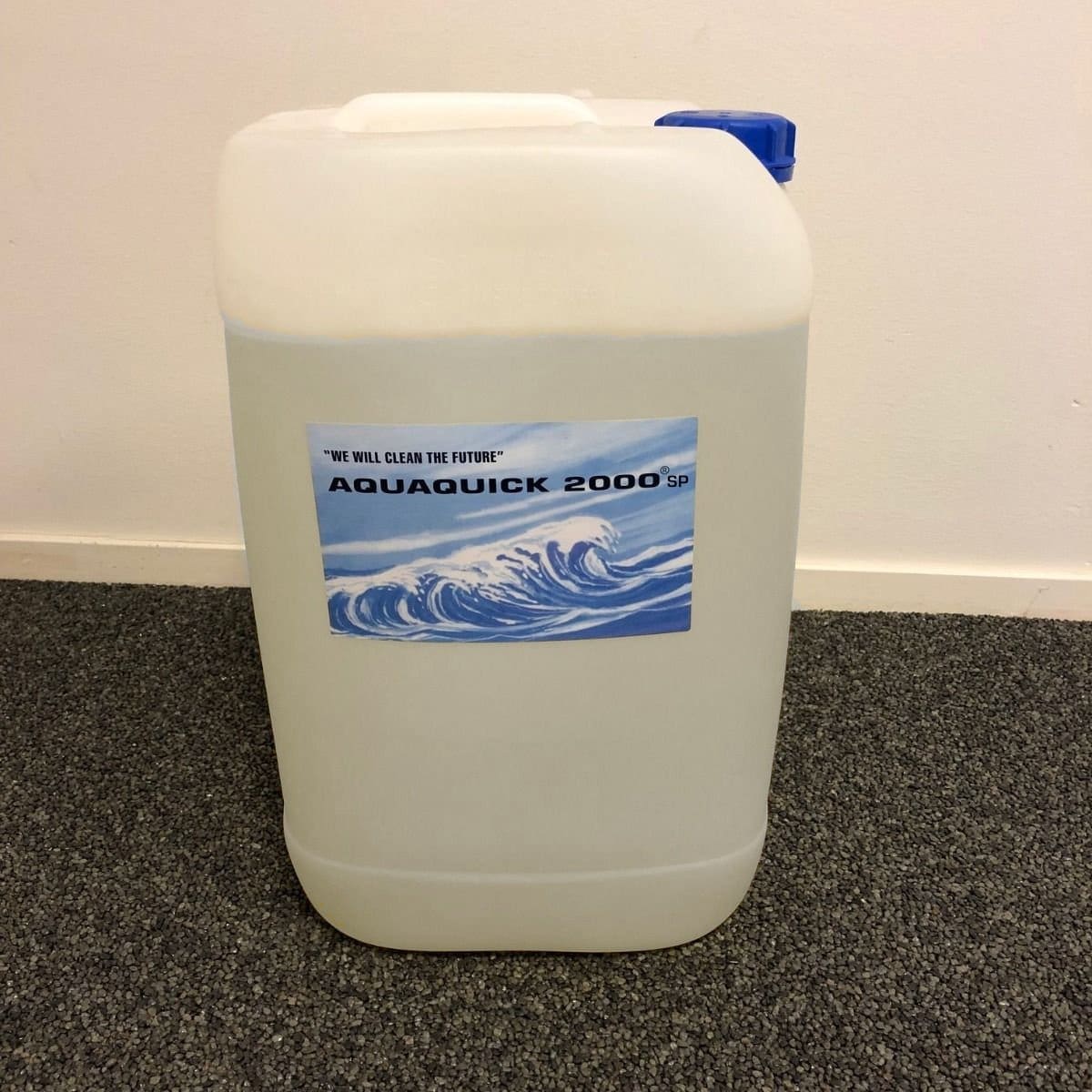
Rust Removal for Metal Tools
4. Inspecting and Treating Rust
Rust can degrade the quality and usability of metal tools over time. Here’s how to address rust effectively:
- Soak the tool in a rust remover or a vinegar solution for mild rust.
- For heavy rust, scrub the surface with a wire brush after applying a rust remover.
- Rinse the tool thoroughly and dry it completely to prevent future rusting.
Final Cleaning and Rinsing
After degreasing and removing any rust, it’s time to rinse the tools to remove any residual cleaning agents. This step is especially important if you’ve used powerful degreasers like AQUAQUICK 2000 to avoid any leftover residue.
5. Rinsing the Tools
- Hand Tools: Rinse with clean water and wipe them down with a dry cloth.
- Power Tools: For non-electrical parts only, use a damp cloth to wipe off any residue carefully.
Drying and Lubricating Tools
6. Drying Process
Thoroughly drying your tools after cleaning is critical, as moisture left on metal parts can lead to rust.
- Use a dry, clean towel to wipe down the tools immediately after rinsing.
- If necessary, use a low-heat setting on a hair dryer to ensure that all moisture is evaporated from hard-to-reach areas.
7. Applying Lubrication
Once your tools are clean and dry, applying a light coating of lubricant can prevent rust formation and keep the tools in smooth working order.
- Choose the right lubricant: For hand tools, use an oil-based lubricant on moving parts.
- Apply sparingly: Avoid over-lubricating, as excess oil can attract dirt.
Best Practices for Tool Maintenance
Cleaning your tools regularly is an effective way to maintain them, but how to clean tools? Well, adopting these best practices will further help in prolonging their life and maintaining their performance.
Routine Cleaning Schedule
- Hand Tools: Wipe down after each use and deep clean monthly.
- Power Tools: Clean after heavy use or as needed based on the work environment.
- Industrial Tools: Schedule regular maintenance checks and clean according to usage frequency.
Proper Storage
Storing tools properly can also reduce the frequency of cleaning needed.
- Store in a dry place: Humidity can lead to rust formation, so ensure your tools are stored in a moisture-free environment.
- Use tool organizers: Invest in tool racks, cases, or cabinets to keep your tools neatly organized and protected.
Additional Tips for Maintaining Your Tools
While regular cleaning is vital, there are a few additional practices that can help keep your tools in top condition.
Inspect Tools for Damage
Frequent use can cause wear and tear on any tool. Make it a habit to inspect your tools after each use for signs of damage, such as cracks, dull edges, or loose parts.
- Replace damaged parts: For power tools, replace worn-out parts as soon as possible to prevent further issues.
- Sharpen blades and bits: Regularly sharpen cutting tools to maintain their efficiency and reduce strain on the tool.
Use Tools Correctly
Using a tool beyond its intended purpose can lead to quicker degradation. Avoid overloading power tools, and always use the correct size and type of tool for each job to minimize wear.
Deep Cleaning for Industrial Equipment

Industries like aerospace, oil extraction, and manufacturing rely on specialized equipment, where efficient cleaning and degreasing are critical to prevent contamination and maintain performance. Products like AQUAQUICK 2000 are highly recommended for these settings due to their powerful, concentrated formula. AQUAQUICK 2000 is ideal for applications such as cleaning drill strings, production tubing, electronic controls, and downhole tools used in harsh environments.
AQUAQUICK 2000 for Industrial Equipment
AQUAQUICK 2000 is specially formulated to dissolve challenging deposits that conventional cleaning agents may struggle with. Its ability to quickly dislodge oils, grime, and fillers makes it valuable for high-precision tools and equipment. By using such an innovative solution, industries can achieve high-quality cleaning results without the need for abrasive or harmful chemicals.
How to Use AQUAQUICK 2000 for Different Cleaning Applications
General Cleaning
For general cleaning on hand and power tools, AQUAQUICK 2000 can be applied in a diluted solution. This makes it cost-effective while still providing powerful degreasing action.
Heavy-Duty Degreasing
For heavy-duty industrial applications, apply AQUAQUICK 2000 at its recommended full concentration to break down tough grime, oil, and residue. This process is highly effective for tools and machinery exposed to oil or working in particularly demanding environments, such as oil fields or machine shops.
Cleaning Procedure:
- Apply AQUAQUICK 2000 to the affected area and let it sit for a few minutes.
- Use a brush or sponge to scrub the surface gently but thoroughly.
- Rinse with water and dry completely, following up with lubrication if necessary.
Environmental Considerations
AQUAQUICK 2000 is designed to be eco-friendly, making it a safer option for both users and the environment. As industries become increasingly mindful of environmental impact, choosing a biodegradable cleaner like AQUAQUICK 2000 helps reduce chemical waste and minimizes harmful emissions.
Disposal and Safety Tips
- Dispose of used cleaner responsibly, following any local regulations for chemical disposal.
- Use protective equipment such as gloves and eye protection when handling concentrated cleaning agents.
- Ventilate the workspace when using in enclosed areas to avoid inhalation of fumes.
The Benefits of Using AQUAQUICK 2000 for Tool Cleaning
To recap, AQUAQUICK 2000 offers multiple advantages that make it a preferred solution for cleaning and degreasing tools:
- Powerful Concentration: Its highly concentrated formula efficiently removes grime and oil, even from hard-to-reach areas.
- Versatility: Suitable for a variety of tools, including hand tools, power tools, and industrial equipment.
- Environmentally Friendly: It’s biodegradable, reducing harmful environmental impacts.
- Cost-Effective: Since AQUAQUICK 2000 can be diluted for general cleaning, it offers flexibility for different cleaning intensities.
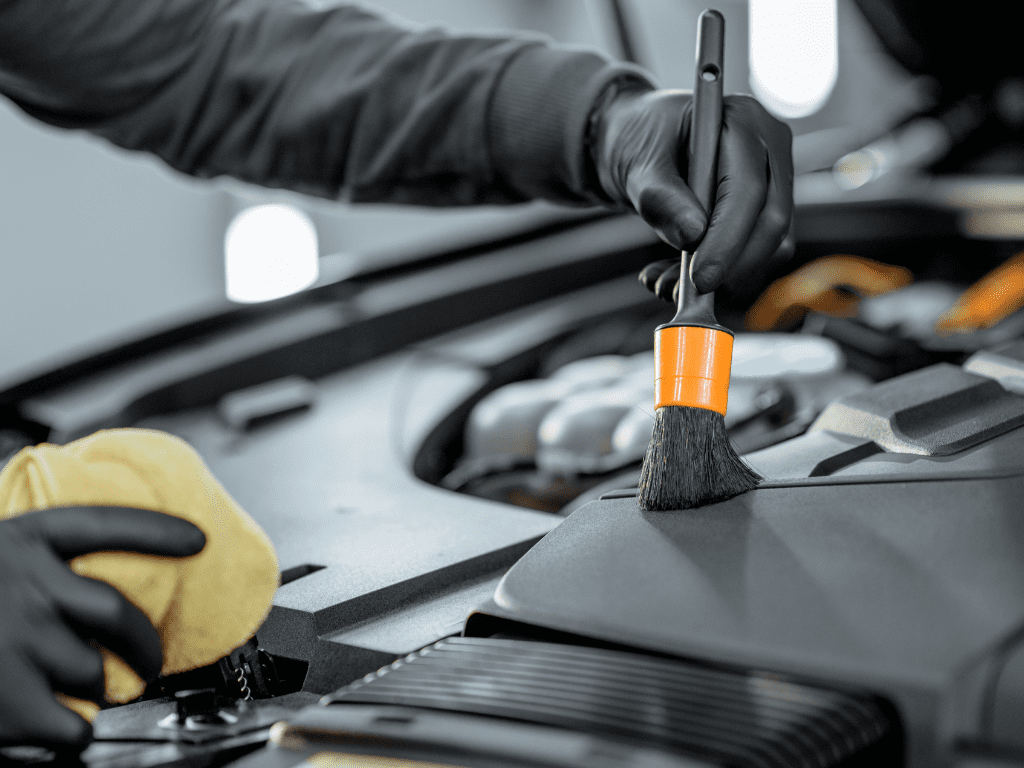
Frequently Asked Questions
Q: How often should I clean my tools?
A: Regularly clean hand tools monthly, power tools after each significant use, and industrial tools based on usage and environment.
Q: Can I use AQUAQUICK 2000 on delicate surfaces?
A: Yes, AQUAQUICK 2000 is versatile and safe for delicate parts when used as directed. Always check for compatibility before use.
Q: How can I prevent rust on my tools?
A: Thoroughly dry tools after cleaning, apply a light coat of lubricant, and store them in a dry, temperature-controlled area.
Conclusion
Cleaning your tools is an essential part of maintenance that not only enhances their performance but also extends their lifespan. Using effective cleaning solutions, like AQUAQUICK 2000, ensures thorough degreasing and contaminant removal without damaging the tools or the environment. By following these steps, you can keep your tools in excellent condition and ready for reliable service, whether in personal use or demanding industrial applications.
With regular care, proper storage, and using the right products, your tools will remain valuable, dependable assets for years to come.

